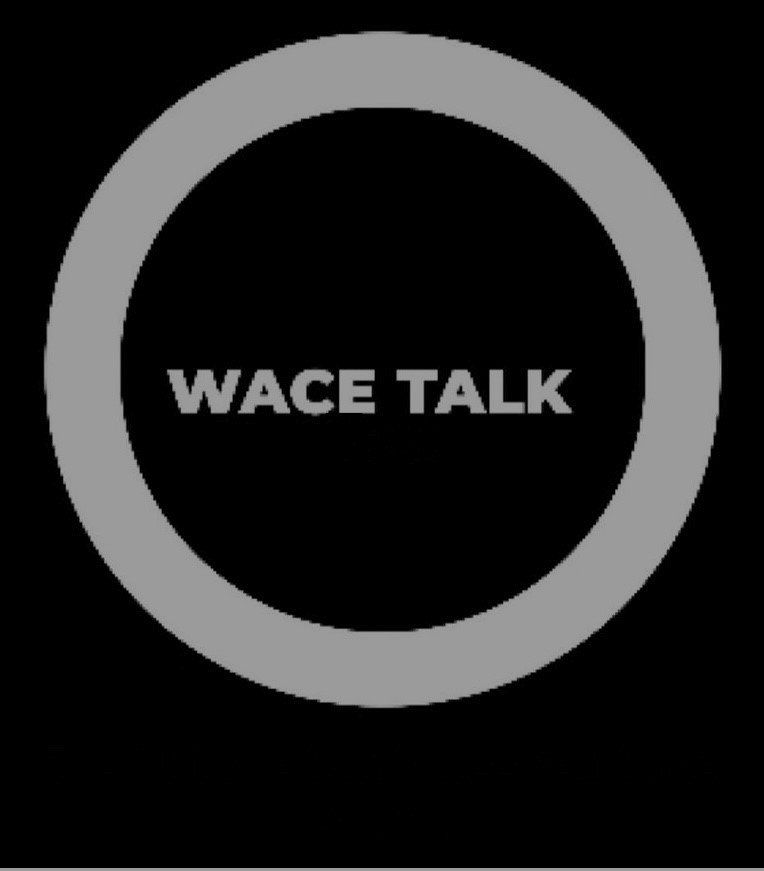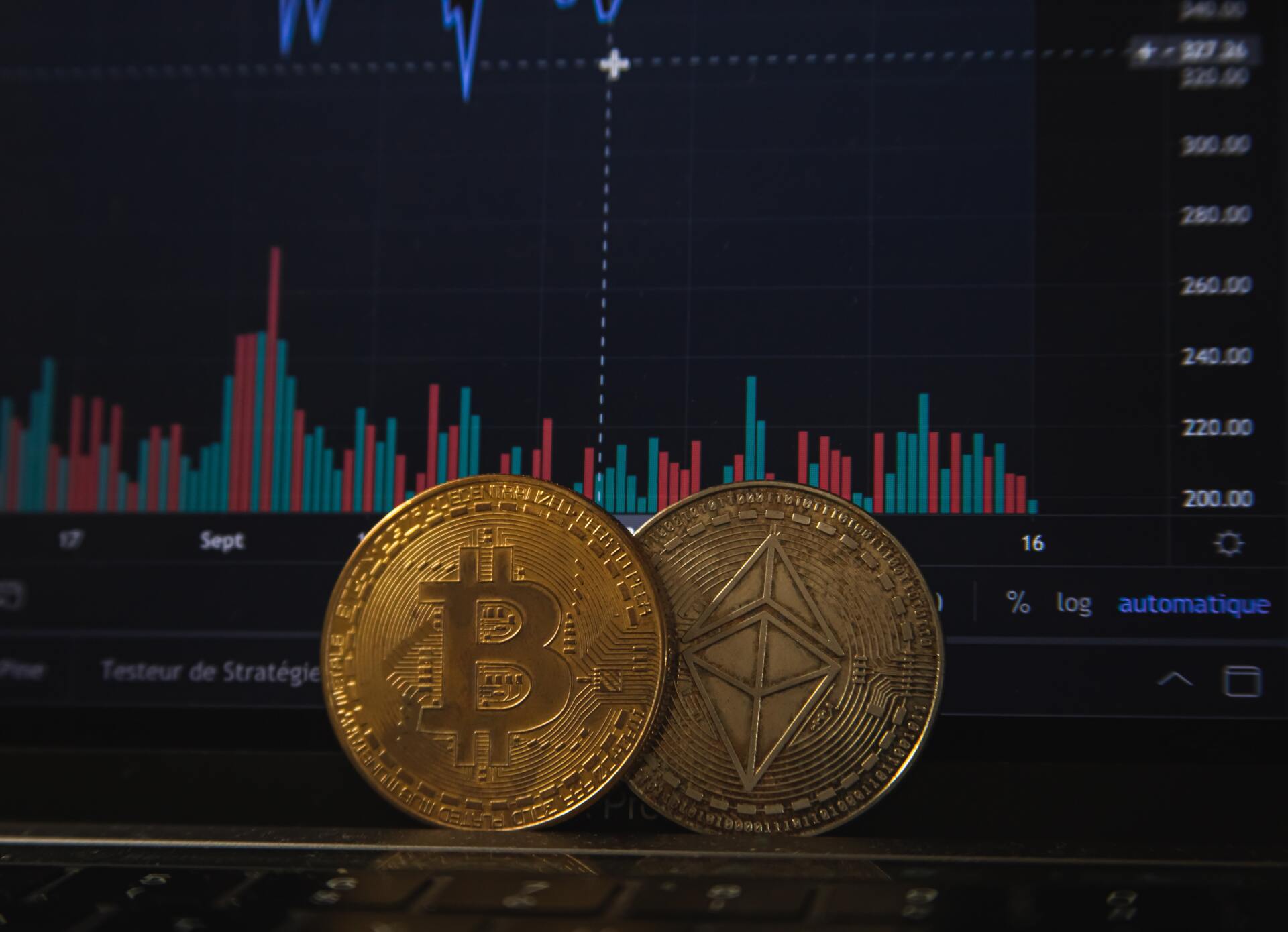Creative Destruction
Introduction
A common talking point when discussing anything from minimum wage laws to robot workers is that technology steals jobs from the people who needed them. Touch-screens at your local fast-food joint will replace the job of a cashier who may need that money to provide for their family. This fact is not lost on economists, even those that are proponents or theorists of technological economic growth.
What I’m describing is Creative Destruction – the act of “destroying” a production input for the sake of future innovation. While creative destruction can be viewed from the lens of the negative externalities it creates, the idea has also helped economists to explain how the economy grows with an injection of technological innovation, and how that influx of technology may be the primary reason that those who are negatively affected by creative destruction can survive despite it.
The History
As an economic concept, creative destruction had its start in the 1940s when Joseph Schumpeter used the idea to explain technological innovation within the business cycle. Schumpeter was not the original theorist, though: Karl Marx worked on this theory a century prior. A known critic of capitalism, Marx explained creative destruction as a set of processes that aid in accumulation and destruction of wealth. In the Communist Manifesto, Marx describes this as a time of chaos created after current market forces are seen as not to fit the agenda of those controlling the means of production. His critique outlines that society puts itself into a “state of momentary barbarism…because there is too much civilization, too much means of subsistence, too much industry, too much commerce.”
Schumpeter’s idea strayed from Marx’s in the understanding of why this happens. While Marx believed this destruction and recreation served only the bourgeoisie elite, Schumpeter viewed destruction through the lens of technological innovation that leads to growth. In a sense, economic growth slows as industries become too comfortable. Monopolies are created from large innovations in technology, and with the free market nearing the brink of destruction, an outside agent steps in to revive the competition of the market that spurs economic growth. This is all with the understanding that economic growth leads to improvements in society; be it through an increase in standard of living, accumulation of overall wealth, etc.
Capitalism and Endogenous Growth Models
Schumpeter’s theory is only a small page in the volume that is Endogenous Growth Theory. This theory, and the models aligned with it, describe economic growth as coming endogenously (from inside the economy as opposed to some external shock) through technological progress. The building block for these series of models is the Solow model (1957) (paper here) in which growth in macroeconomic variables occurs at a constant rate (g > 0) in the steady state, g indicating the growth rate of overall technological progress. These models describe constant growth of technology that can only serve to increase overall capital and production output.
Schumpeter’s idea led to a separate model, first posed by Aghion and Howitt (1992), in which growth is not constant and technological changes do not immediately lead to positive economic impacts. In Solow-like models (e.g.: Diamond, 1965), capital depreciated at a constant positive rate but is produced at a rate high enough such that capital accumulation rises over time. Aghion and Howitt describe industry as needing to optimize their use of labor for both capital production and research given that old technology becomes obsolete due to knowledge spillover effects. Continuing use of obsolete technology will surely lead to sub-optimal production, thus a competitive market destroys obsolete technology in favor of other innovations.
Wrapping it All Up
While it may not be the case that either model perfectly describes the behavior of economic growth – and, almost surely, technological innovation is not the only mechanism driving it – creative destruction does help economists describe the role of technological innovation within the economy. It also poses a microeconomic question for producers: within your own firm, does there exist obsolete technology, impeding growth? Or, on the other hand, are there innovations that could lead to growth within the firm?
The Local Economist
Your Home for Entrepreneurial News, Local Business Spotlights, and Trends that Matter
join the newsletter
Recent Posts








Share This...







